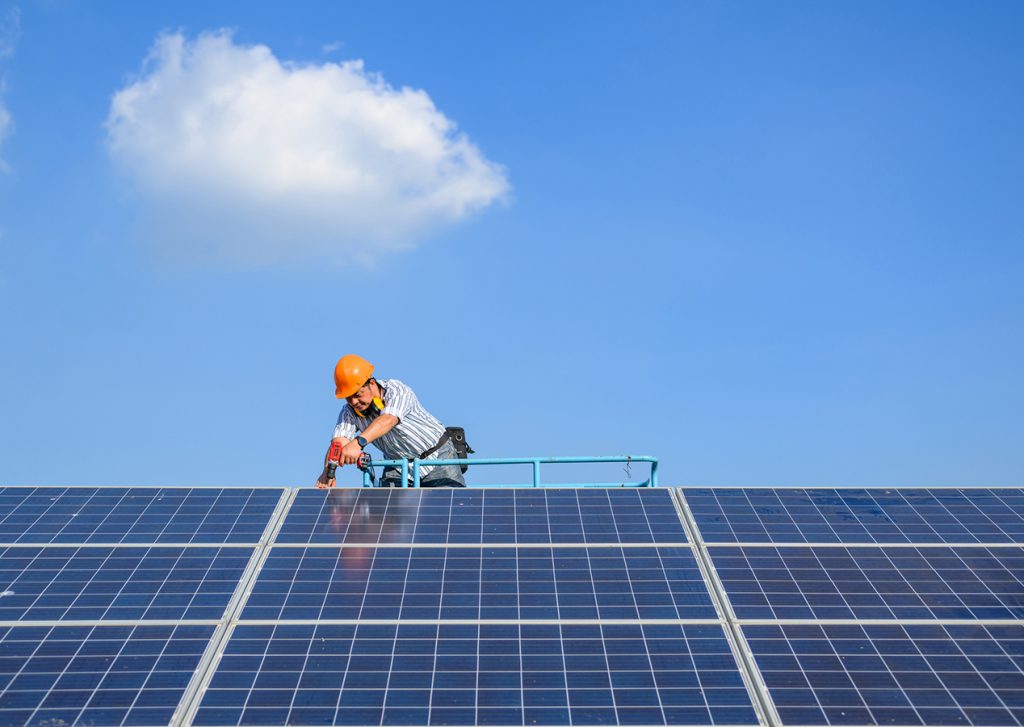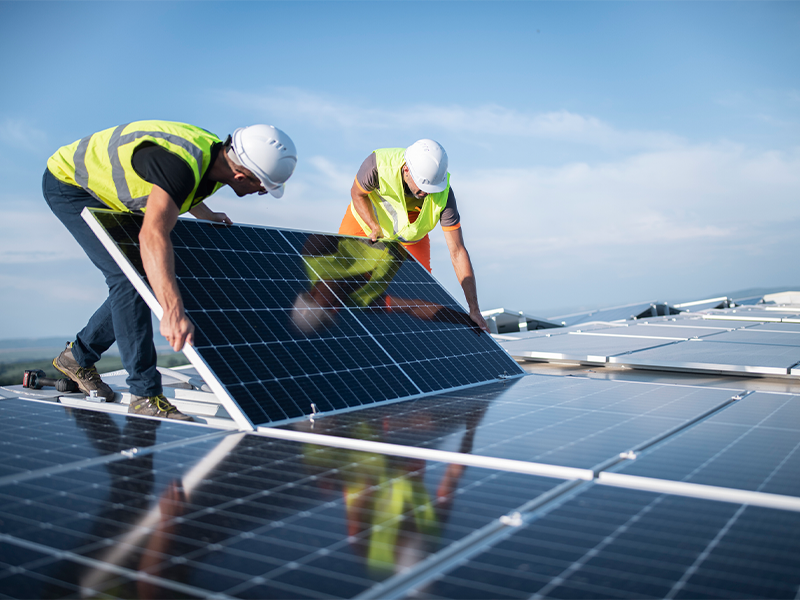Solar Energy 101: A Novice's Guide to Sustainable Energy Solutions
As the world increasingly changes in the direction of lasting power options, comprehending the basics of solar power ends up being important for both individuals and businesses. This guide gives a comprehensive summary of solar power, detailing the numerous systems readily available and the systems behind their operation. By discovering the advantages of solar technology, along with the monetary motivations and installation procedures, one can obtain a clearer point of view on exactly how to successfully incorporate this renewable energy right into their energy approach. However, the trip towards embracing solar power invites more examination of the obstacles and considerations that include it.
Comprehending Solar Power
At its core, recognizing solar power entails comprehending the essential principles of exactly how sunshine can be exchanged usable power. Solar energy is originated from the sun's radiation, which can be taken advantage of via numerous modern technologies. The primary system for this conversion is the solar impact. This sensation takes place when sunshine strikes semiconductor products, generally silicon-based, within solar cells. The power from the sunlight thrills electrons in the semiconductor, enabling them to stream openly and create direct current (DC) electricity.

Comprehending solar power likewise includes acknowledging its environmental benefits. By utilizing sunlight, we can reduce greenhouse gas exhausts and lower air pollution, adding to an extra lasting future. The innovations in technology and efficiency of planetary systems proceed to improve their feasibility, making solar power a progressively appealing choice for global power demands.
Sorts Of Solar Power Systems
Numerous kinds of solar power systems are generally utilized to harness solar energy for electricity generation. The key groups consist of photovoltaic or pv (PV) systems, focusing solar energy (CSP) systems, and solar thermal systems.
Photovoltaic or pv systems utilize solar panels composed of silicon cells that convert sunlight directly into electrical energy. These systems are flexible and can be installed on roofs, ground installs, or integrated right into structure materials.
Focusing Solar Power systems, on the various other hand, utilize mirrors or lenses to concentrate sunshine onto a tiny location, producing warmth that drives a steam turbine to generate power - Simply Solar Illinois. CSP systems are commonly released in massive power plants and call for straight sunlight, making them much less suitable for gloomy areas

Each kind of solar energy system has its unique attributes, applications, and suitability depending upon geographic location, power requirements, and budget, making it necessary to assess alternatives based on details situations. - Simply Solar Illinois

Benefits of Solar Power
Utilizing solar energy through different systems not just supplies a sustainable way to generate power yet additionally uses a wide variety of advantages. One of the most substantial benefits is the decrease in greenhouse gas discharges, adding to a cleaner atmosphere and combating climate change. Solar energy is eco-friendly, suggesting it is infinite and readily available as long as the sunlight radiates, unlike nonrenewable fuel sources, which are limited and depleting.
Furthermore, solar energy can result in significant expense savings over time. Homeowners and businesses can reduce their power expenses substantially, and oftentimes, they may earn credits for excess power generated with web metering. Furthermore, the solar industry develops work, from making to installment, stimulating regional economies.
An additional compelling advantage is energy freedom. By generating their very own electrical power, people and neighborhoods can reduce dependence on exterior energy sources, improving resilience versus fluctuating power prices and supply disruptions. Solar energy systems require marginal upkeep, making them a convenient option for lasting power generation.
Installment Refine Summary
The setup process for solar power systems normally includes several vital steps that guarantee reliable combination site here into a residential or commercial property. A comprehensive site analysis is carried out to assess the roof covering's alignment, shielding, and architectural honesty, which are critical to optimizing solar panel performance. Following this assessment, the design phase commences, where a customized solar power system is set up based upon the homeowner's power needs and preferences.
Once the design is finalized, the necessary permits and approvals are obtained from local authorities, guaranteeing conformity with guidelines. The real installment involves placing the photovoltaic panels on the roof or ground, connecting them to an inverter, and integrating the system with the property's electrical setup. This phase may also involve mounting battery storage systems, depending on the layout.
After installment, a thorough assessment is conducted to verify the system's functionality and security. The system is commissioned, and property owners are educated on its operation and upkeep. With the installation complete, the solar power system can start creating renewable resource, adding to sustainability and minimizing energy expenses. This structured method makes sure that solar systems are both effective and trustworthy, optimizing their long-term advantages.
Financial Motivations and Savings
Discovering the economic rewards and official site financial savings linked with solar power systems can significantly improve the charm of making the button to sustainable power. One of the most significant motivations is the government solar tax obligation credit report, which allows homeowners to deduct a percent of their solar system installation costs from their federal taxes.
Along with tax obligation credit scores, many states use refunds that can further lower in advance expenses. Some utility companies additionally give performance-based motivations, rewarding solar power manufacturing over time. Financing options, such as solar car loans and leases, allow customers to mount systems with little to no deposit, making solar power much more accessible.

Additionally, solar systems can boost property values, offering a solid return on financial investment. Overall, the combination of motivations and savings makes solar energy a financially appealing selection for numerous households.
Verdict
In conclusion, solar power stands for a vital part of lasting power options, supplying a path towards decreased carbon footprints and enhanced ecological defense. Inevitably, the shift to solar energy not only cultivates environmental responsibility yet likewise promotes financial financial have a peek at this website savings and power self-reliance.